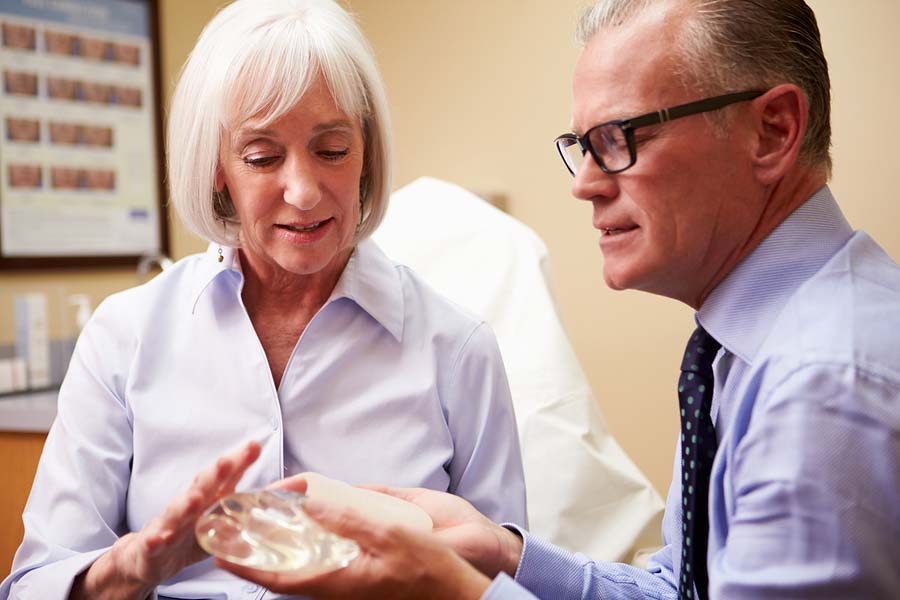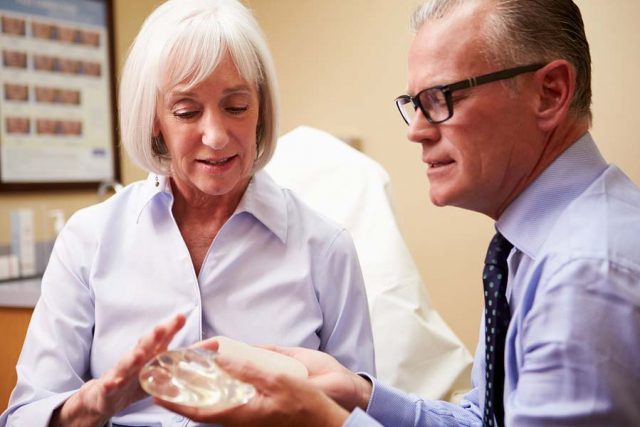Medically Reviewed by Beth Hendrickson, RN

Breast cancer continues to impact women and their families at an alarming rate. Over 46 thousand women will get breast cancer this year. There are over 1.7 million women alive with a history of breast cancer. Being a survivor is in itself a source of pride, but these women may still face significant questions relating not only to their physical health, but their sense of emotional well-being. Among the most pressing issues for women who have had mastectomies is breast reconstruction. These women don’t simply want to stay alive; they want to live.
Right or wrong, the female breast can have a serious impact on a woman’s self-esteem. Mastectomy involves emotional loss as well as physical loss. The goal of breast reconstruction, either at the time of the mastectomy or delayed, is to replace not just the breast but any self-esteem or sense of femininity the patient may feel she has lost. There are different approaches to reconstruction that vary depending on the type of mastectomy, the condition of the breast skin, and the patient’s preferences.
When there is enough skin and it is loose and thick enough, an implant can be placed beneath the muscle. More commonly, a tissue expander (a balloon-like device) is placed beneath the muscle and filled with saline solution over several weeks. This stretched skin can then accommodate an implant.
When there is not enough skin, or when a patient prefers her own soft and supple tissue, a flap is used. This consists not only of skin, but also the fatty tissue underneath it and the muscle and blood vessels that sustain it. The abdominal tissue, with one side of the rectus muscle, is a common donor area. It is either tunneled through the upper abdomen or detached from and reattached to its blood vessels. This essentially provides the result of a tummy-tuck and the aesthetic result of the breast is usually excellent. Occasional problems include lower abdominal pooching or hernias, but usually the patient is able to do sit-ups without any special difficulties.
Another frequent donor site is the broad muscle on the back with its overlying skin and fat. This tissue is tunneled through the armpit and sutured into the breast area. Often, an implant is placed underneath to provide adequate size while retaining the tactile benefits of the patient’s own tissue. The scar in the back is not as well-hidden as in the abdominal donor area.
The scars fade gradually and are usually quite acceptable. The recently-developed “skin-sparing mastectomy” removes only the nipple-areola complex, preserving other breast skin and limiting breast-scarring tremendously. The nipple and areola are reconstructed under local anesthesia at a later date. This is a short and simple procedure. Most patients are released from the hospital in 2-5 days but should avoid overactivity and refrain from overhead lifting for a few weeks. Though the breast will not have normal sensation, some feeling should return. The new breast may feel firmer and appear rounder or flatter than the natural breast, particularly with implant reconstruction, and its contour will differ from that of the other, unreconstructed, breast.
Because of this, women often choose to have procedures on the other breast (reduction, lifting and augmentation) to provide symmetry between the two breasts. In these cases, the final aesthetic result can be dramatic, occasionally surpassing the pre-mastectomy breasts in size, shape and contour. Insurance not only covers reconstruction of a breast lost to cancer, but due to the efforts of the American Society of Plastic Surgeons, the Susan G. Komen Foundation, and several other women’s groups, coverage is now mandated for procedures on the non-cancerous breast. These reforms are a recognition that such procedures are required to achieve a natural overall appearance.
The social, emotional and psychological benefits of breast reconstruction are considerable, and most women find it well-worth it. With the exciting new approaches to breast reconstruction, we can usually restore a full, natural, feminine figure. Skilled reconstruction can help women emerge from the ordeal of breast cancer with confidence and pride. Having won their battle, they are ready not only to survive, but to thrive.
Did you find this article helpful? Join us at HealingWell for support and information about Breast Cancer. Connect and share with others like you.
Scott R. Miller, M.D. is a board-certified plastic surgeon and an attending surgeon at Scripps Memorial Hospital in La Jolla, California. He is a clinical instructor of plastic surgery at the University of California, San Diego.




